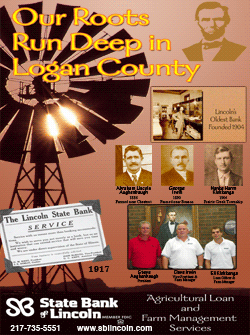| |||||||||
| |||||||||
"All the guys from my generation when they were just thinking about becoming writers, that's one of their leading lights because he just turned everything on its head," author George Pelecanos said in a 2009 interview. "I know I didn't want to write traditional detective novels or anything like that, but I saw what he was writing and I thought,
'Well, he's doing something different, completely different.' I mean he invented a whole new subgenre of crime fiction." And that subgenre became suddenly profitable. Until he came along "cool" and "crime" were rarely uttered in the same sentence by publishers. But after Donald I. Fine at Arbor House helped him become a best-seller, crime became a trend that's continued to grow. "He made the endeavor seem profitable to publishers, too," author Daniel Woodrell said Tuesday. "So that may have had something to do with why they were willing to stick with me as long as they did, because they all hoped to have their own Elmore." Crime had always been a big part of the publishing industry. But it was genre fiction, relegated to the dark corner near romances and Westerns, and rarely taken seriously. He elevated its pulpy public image from dime stories and first-person detective narratives and made it part of the public discussion about books. As discussion turns from Leonard's life to his legacy, the question remains: Will he be given his proper place in American letters? We already know he'll be mentioned in the same breath as Raymond Chandler, Ross Macdonald and Dashiell Hammett. But why not in the same group as Ernest Hemingway, William Faulkner and Cormack McCarthy? If history is left to be written by all those authors who owe him a debt, the answer will be a simple one. "At 87, he remained the coolest and hippest of all American writers," author Ace Atkins said Tuesday in an email. "His work never got old or dated. He wrote about cops, cowboys, and criminals but to define him as anything else but a great American novelist doesn't do him justice. His comic touches, effortless style and social commentary were unmatched."
[Associated
Press;
Follow AP Music Writer Chris Talbott: http://twitter.com/Chris_Talbott.
Copyright 2013 The Associated Press. All rights reserved. This material may not be published, broadcast, rewritten or redistributed.